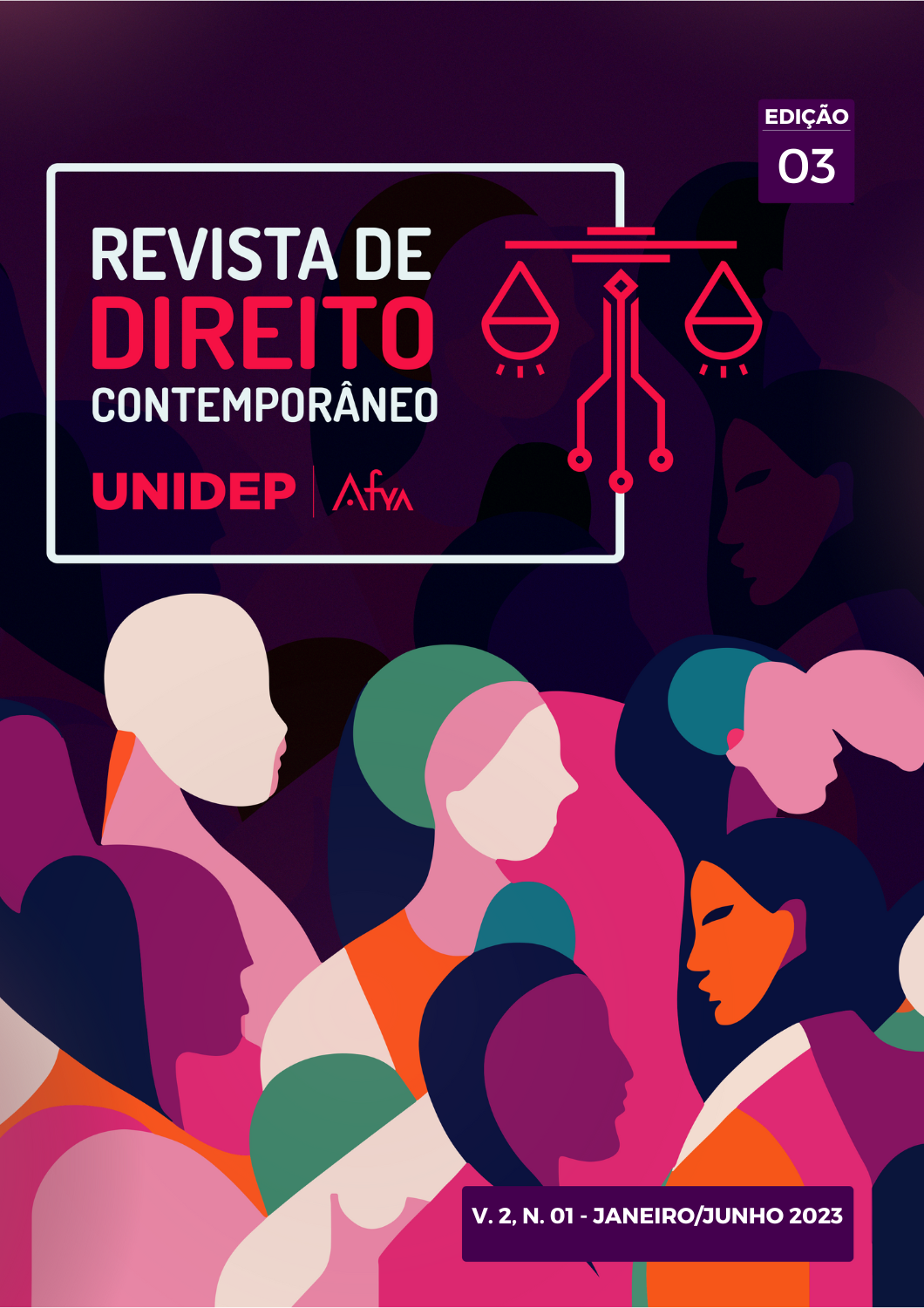THE MULTI-PORT JUSTICE SYSTEM FOR CONFLICT RESOLUTION IN BRAZIL
Abstract
This study sought to identify the appropriate methods, within the multiport system, for conflict resolution for Brazilian society, in order to verify its main advantages and limitations. For this, a qualitative, descriptive and analytical approach was adopted, with bibliographical research as a data collection strategy. The results showed that multi-door justice can be classified into three main doors, with their respective sub-doors: the heterocomposition that involves the jurisdictional and the arbitral, has an impartial and neutral decision-making agent in a scenario of winners and losers; the self-composition that involves medication and conciliation, seeks to resolve the conflict between the parties with the help of an agent, with no winners; and, finally, self-protection, used for solutions to specific conflicts, permitted by law, following the principles of good faith and reasonableness. Each port has its advantages and specificities. The decision for an adequate alternative method contributes to unburden justice and make it faster, however, the adoption of a method does not rule out the possibility of seeking legal protection, if the alternative method does not work.
Downloads
Published
How to Cite
Issue
Section
License
Copyright (c) 2023 Revista de Direito Contemporâneo UNIDEP

This work is licensed under a Creative Commons Attribution-NonCommercial 4.0 International License.
You are free to:
- Share — copy and redistribute the material in any medium or format
- Adapt — remix, transform, and build upon the material
- The licensor cannot revoke these freedoms as long as you follow the license terms.
Under the following terms:
-
Attribution — You must give appropriate credit, provide a link to the license, and indicate if changes were made. You may do so in any reasonable manner, but not in any way that suggests the licensor endorses you or your use.
-
NonCommercial — You may not use the material for commercial purposes.
- No additional restrictions — You may not apply legal terms or technological measures that legally restrict others from doing anything the license permits.
Notices:
- You do not have to comply with the license for elements of the material in the public domain or where your use is permitted by an applicable exception or limitation.
- No warranties are given. The license may not give you all of the permissions necessary for your intended use. For example, other rights such as publicity, privacy, or moral rights may limit how you use the material.



